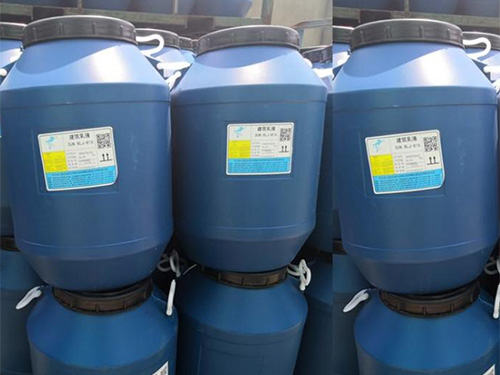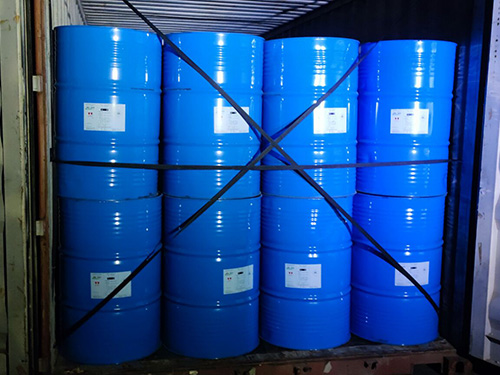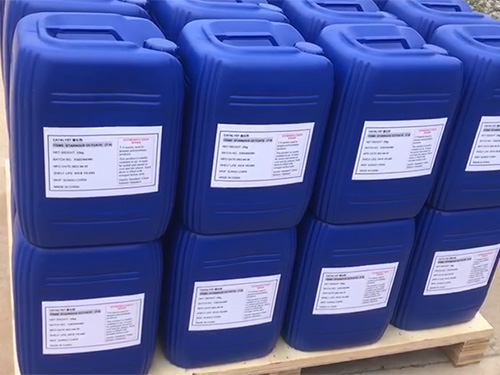What are the uses of toluene diisocyanate
Toluene diisocyanate (TDI) has two isomers: 2,4-toluene diisocyanate and 2,6-toluene diisocyanate. Toluene diisocyanate is a water white or light yellow liquid with strong pungent smell, accumulation and latency in human body, and has a strong stimulating effect on skin, eyes and respiratory tract. Inhalation of high concentration toluene diisocyanate vapor will cause bronchitis, bronchopneumonia and pulmonary edema; Contact of liquid with skin can cause dermatitis. Liquid contact with eyes can cause serious irritation and, if left untreated, may cause permanent damage. Long term exposure to toluene diisocyanate can cause chronic bronchitis. People allergic to toluene diisocyanate may cause asthma, asthma, dyspnea and cough.
It is miscible with ether, diethylene glycol, acetone, carbon tetrachloride, benzene, chlorobenzene, kerosene and olive oil. It can react with hydroxyl containing compounds, water, amines and compounds with active hydrogen atoms to produce carbamates, urea, carbamide, etc. 2,4 - and 2,6-dinitrotoluene were obtained by nitration of toluene with mixed acid, then 2,4-and 2,6-diaminotoluene were obtained by hydrogenation reduction in the presence of nickel catalyst, and then reacted with phosgene in chlorobenzene solution. It is mainly used as the production raw material of polyurethane resin for the production of polyurethane foam plastics, coatings, rubber, adhesives, sealants, etc. It can also be used as rubber vulcanizing agent, protein crosslinking agent, etc. Including foam plastics; Polyurethane coating; Polyurethane rubber; Polyimide fibers and adhesives also have some applications.
To thrive in an industry that has an expansive global presence, it is important to cultivate long-lasting and fullfilling relationships with our suppliers and customers based on mutual understanding and responsibility.





